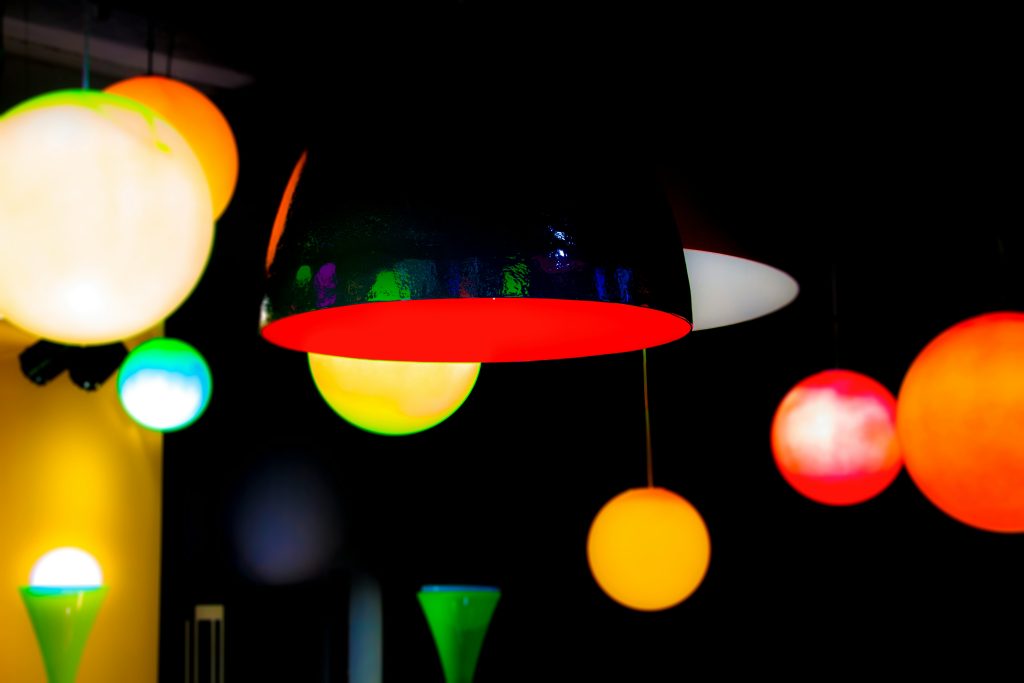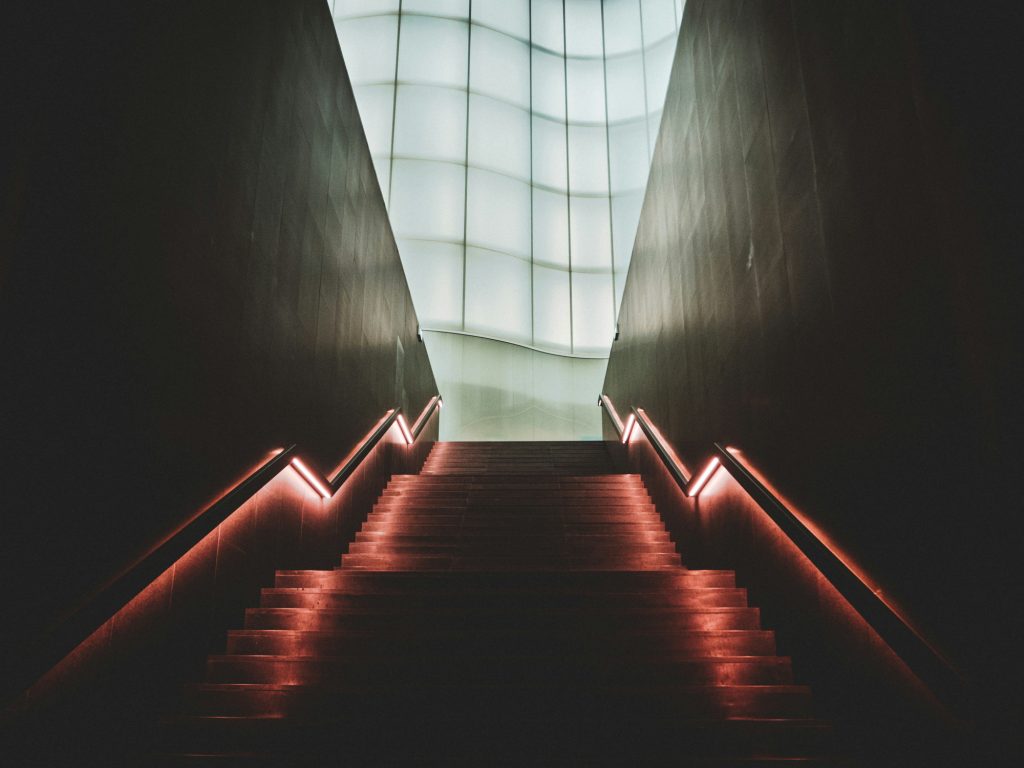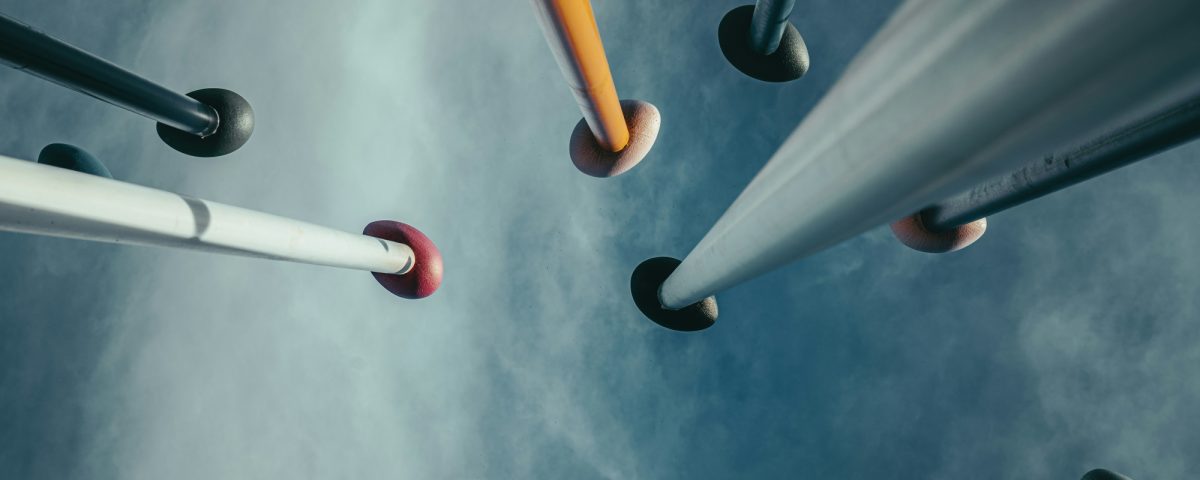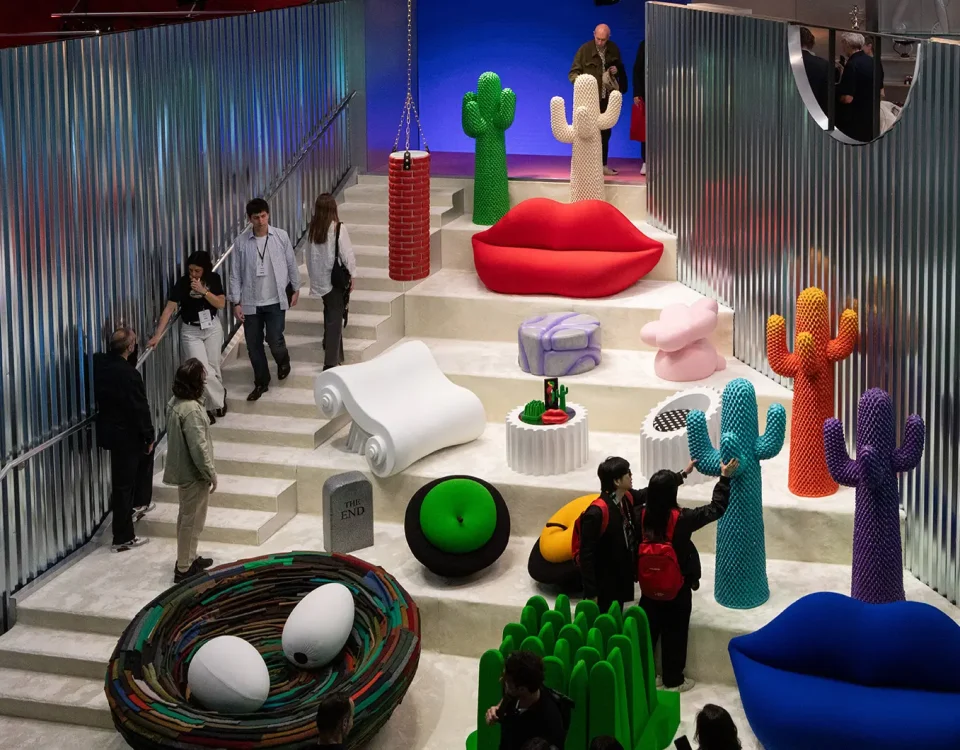
Hotel VIU Milan participates in the WEmbrace Awards 2024
February 28, 2024
Hotel VIU Milan Meets CERVO Mountain Resort
May 3, 2024The history of Fuori Salone, even though by nature of the event may seem to be a modern creation, has decades of roots.
Its history is inextricably linked with that of the city of Milan, which has always hosted and developed the event, enriching it, year by year, from both a social and cultural point of view.
The Fuori Salone itself, unlike the Salone del Mobile, a more institutional version of the event, can be considered in the same way as a collective cultural movement that, over the years, has been able to take the best that Milan has to offer and creatively transform its vision and layout.
BACK IN THE DAYS
The first edition of the Salone del Mobile kicked off even in the early 1960s at a time of great splendor not only for the city of Milan but also for Italy as a whole.
Already at that time, a parallel event began to develop around the city’s main event, which, over the years, would precisely take the name Fuori Salone. Such naming is apt to connote its link, but also its difference, with the main event.
It was, however, in the 1970s that, thanks to Cassina, the Fuori Salone gradually began to take hold. Indeed, the pioneering vision of the Brianza-based brand led to the decision to use the showroom in the city as a space within which to host events and receive guests outside the actual fair.
From there on, a good part of the design brands understand that the city during Furniture Week can become a hub for all those who want to experience the fair less institutionally. Accomplice to the opulence and excesses typical of the period, it does not take long for the city of Milan to be filled with glam events and original initiatives.

THE EIGHTIES AND THE ADVENT OF THE FUORI SALONE
During the infamous “eighties,” the event did not yet have a real name nor could it be considered the institution it is today, but the salons of affluent Milan and prominent figures in the world of design already regarded it as the real social event in the city.
Showrooms in the city center, the emergence of new locations, and glossy trade magazines did the rest, dragging Milan, to the sound of initiatives, toward the creation of a new way of experiencing the Salone del Mobile.
THE BOOM OF THE 1990S
Put together what, by many, are considered to be the most brilliant years for the city of Milan and the closing of the Milan Fairgrounds for the September 1990 edition of the Salone del Mobile, and lo and behold, as if by magic, the “Fuori Salone” was born.
It was thanks to Giulia Bojardi, of Interni magazine, that what was then called Designer’s Week was organized. It was mostly a map, including events and initiatives, aimed at guiding visitors to the city through a network of more than 100 showrooms, galleries, and stores involved in the initiative.
It is with this mood that, in stride, we arrive until 1997, the year in which, for the first time, the name FuoriSalone was officially coined. The same idea of “outside” conveys the event, from a concept point of view, even to non-experts who, over the years, gradually fall in love with those more spectacular, creative, and aesthetic aspects that revolve around the world of design.

FROM 2000 TO THE PRESENT
With the advent of marketing and communication strategy, a new design language of elegance, charm, and modernity is also created. It is the advent of the Tortona and Savona areas and the change of exhibition location from the spaces in Milan to Rho.
It is with this modality that the very approach to FuoriSalone changes completely by involving within the operational perimeter not only sector brands, but players of various natures who, during the week most of the year, exploit urban and private spaces to stage in an original, and sometimes spectacular, way all their communicative potential.
…and Milan?Who better than the city of fashion to add itself to such a change? The succession of change and transformation that takes place, even within historic places, brings with it the allure of modernity and the avant-garde, which, with time, is also increasingly embraced by citizens.




